re post
Here is a very nice website: good for your magnetized water and for the fertilizer apparatus (see above picture )
OSnano
Open Source Nanotechnology
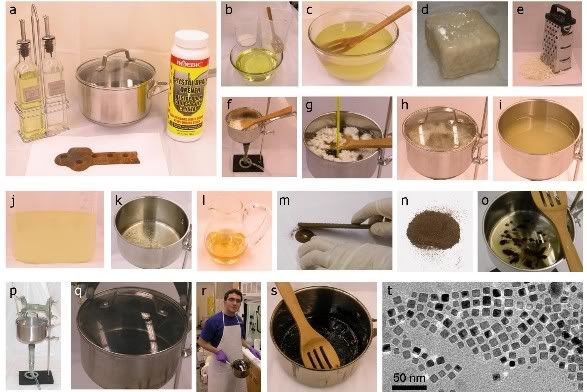

Step 1: Prepare and Collect Ingredients
(a) Ingredients for a typical nanocrystal synthesis include: Oil, vinegar, pan, crystal drain openerTM and rust.
Step 2: Make your own soap.
(b-c) Synthesis begins with soapmaking. For this the oil is mixed with crystal drain openerTM and water.
(d) After curing for a day the soap solidifies.
Step 3: Produce a Fatty Acid Mixture
(e) For efficient dissolution in subsequent steps, the soap is ground to a fine powder,
(f) then mixed with vinegar
(g-h) while heating on a stove.
(i-j) Once all the soap is dissolved the solution forms two layers: a yellow top layer and a cloudy white/yellow bottom layer.
(k) The top layer is the fatty acid mixture (FAM). This needs to be heated at 110 oC to remove excess water and vinegar by-products.
(l) Clear yellow FAM is collected.
Step 4: Collect and Grind some Rust
(m-n) Rust was scraped off of rusted metals and was ground to a fine powder.
Step 5:Cook/grow your own magnetite crystals
(o) FAM and rust were mixed.
(p-q) Mixture was heated for 2 hours at below and near boiling temperatures. The temperature was measured using a standard mercury thermometer.
(r-s) Magnetite (black) began to form.
Step 6: Verify your Magnetite Crystals
(t) TEM micrograph was obtained after magnetic separation in chloroform. Scale bar is 50 nm.
step 6 (i don't think we care that much about it )
Here is a very nice website: good for your magnetized water and for the fertilizer apparatus (see above picture )

OSnano
Open Source Nanotechnology
Open Source Nano is an invitation to participate in the innovations of nanotechnology right from the start. It is an experiment in making high-tech laboratory research something that can be improved and innovated outside the laboratory, by making it “vernacular”–putting it in the language that people speak, and the tools and materials they have at hand.
At this stage, it consists of only one project: instructions for creating magnetite nanocrystals; but we hope this project will inspire others in the future. What can you do with magnetite nanocrystals?
At this stage, it consists of only one project: instructions for creating magnetite nanocrystals; but we hope this project will inspire others in the future. What can you do with magnetite nanocrystals?

Why? Magnetite Nanocrystals are good for removing arsenic from water. Based on recent advances in nanotechnology, it’s now possible to make regular magnetite nanocrystals as small as 20-100nm, and to remove them from solution using a handheld magnet. Arsenic poisoning is a huge problem in Southeast Asia, especially in Bangladesh, and in various other parts of the world. Our project opens up the process for making magnetite and encourages you to experiment with it, contribute to it, and improve it.

Step 1: Prepare and Collect Ingredients
(a) Ingredients for a typical nanocrystal synthesis include: Oil, vinegar, pan, crystal drain openerTM and rust.
Step 2: Make your own soap.
(b-c) Synthesis begins with soapmaking. For this the oil is mixed with crystal drain openerTM and water.
(d) After curing for a day the soap solidifies.
Step 3: Produce a Fatty Acid Mixture
(e) For efficient dissolution in subsequent steps, the soap is ground to a fine powder,
(f) then mixed with vinegar
(g-h) while heating on a stove.
(i-j) Once all the soap is dissolved the solution forms two layers: a yellow top layer and a cloudy white/yellow bottom layer.
(k) The top layer is the fatty acid mixture (FAM). This needs to be heated at 110 oC to remove excess water and vinegar by-products.
(l) Clear yellow FAM is collected.
Step 4: Collect and Grind some Rust
(m-n) Rust was scraped off of rusted metals and was ground to a fine powder.
Step 5:Cook/grow your own magnetite crystals
(o) FAM and rust were mixed.
(p-q) Mixture was heated for 2 hours at below and near boiling temperatures. The temperature was measured using a standard mercury thermometer.
(r-s) Magnetite (black) began to form.
Step 6: Verify your Magnetite Crystals
(t) TEM micrograph was obtained after magnetic separation in chloroform. Scale bar is 50 nm.
step 6 (i don't think we care that much about it )



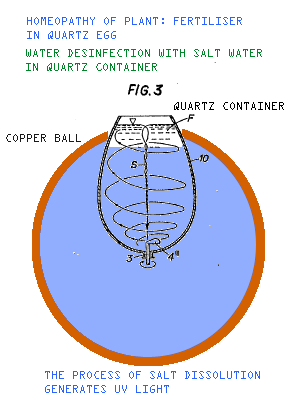



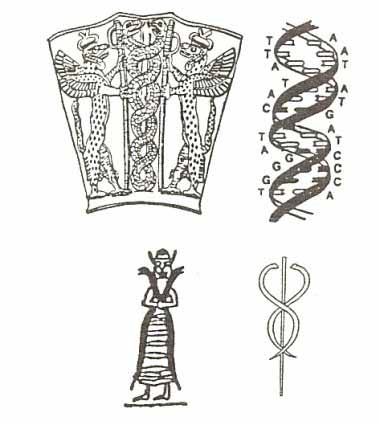
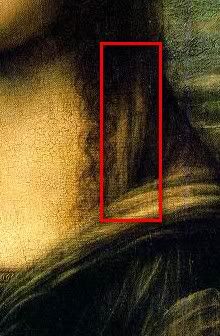
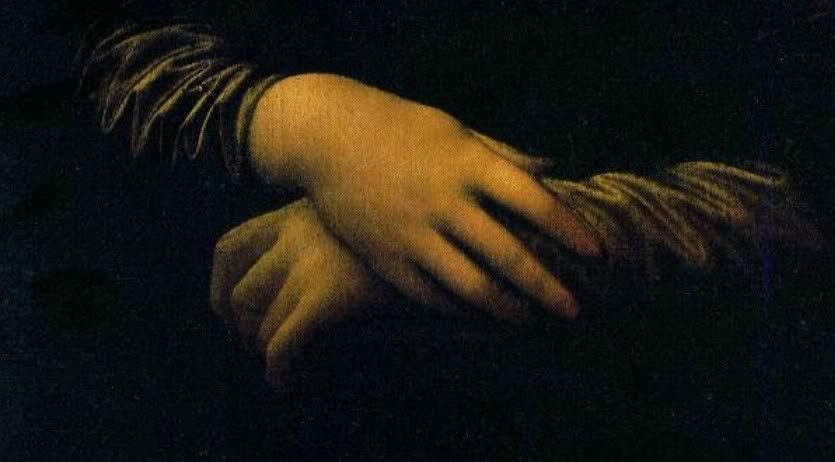





 ...but the following pictures taken from the painting kept bugging me:
...but the following pictures taken from the painting kept bugging me: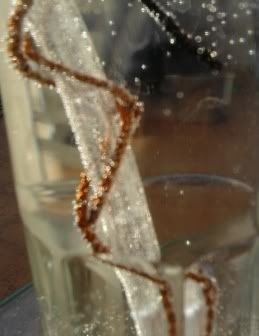
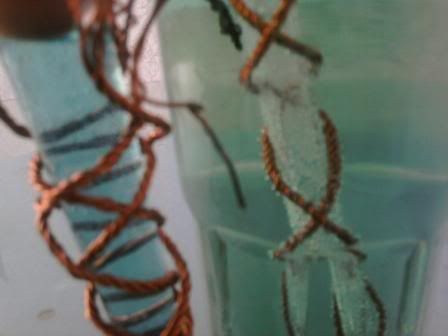
 )to hear someone replicate the double Mobius Caduceus Coil experiment ..it is really simple...and heats water quite fast but i have no clue what happens...call it inspiration when it was built...
)to hear someone replicate the double Mobius Caduceus Coil experiment ..it is really simple...and heats water quite fast but i have no clue what happens...call it inspiration when it was built...







 you made my day
you made my day 

Comment